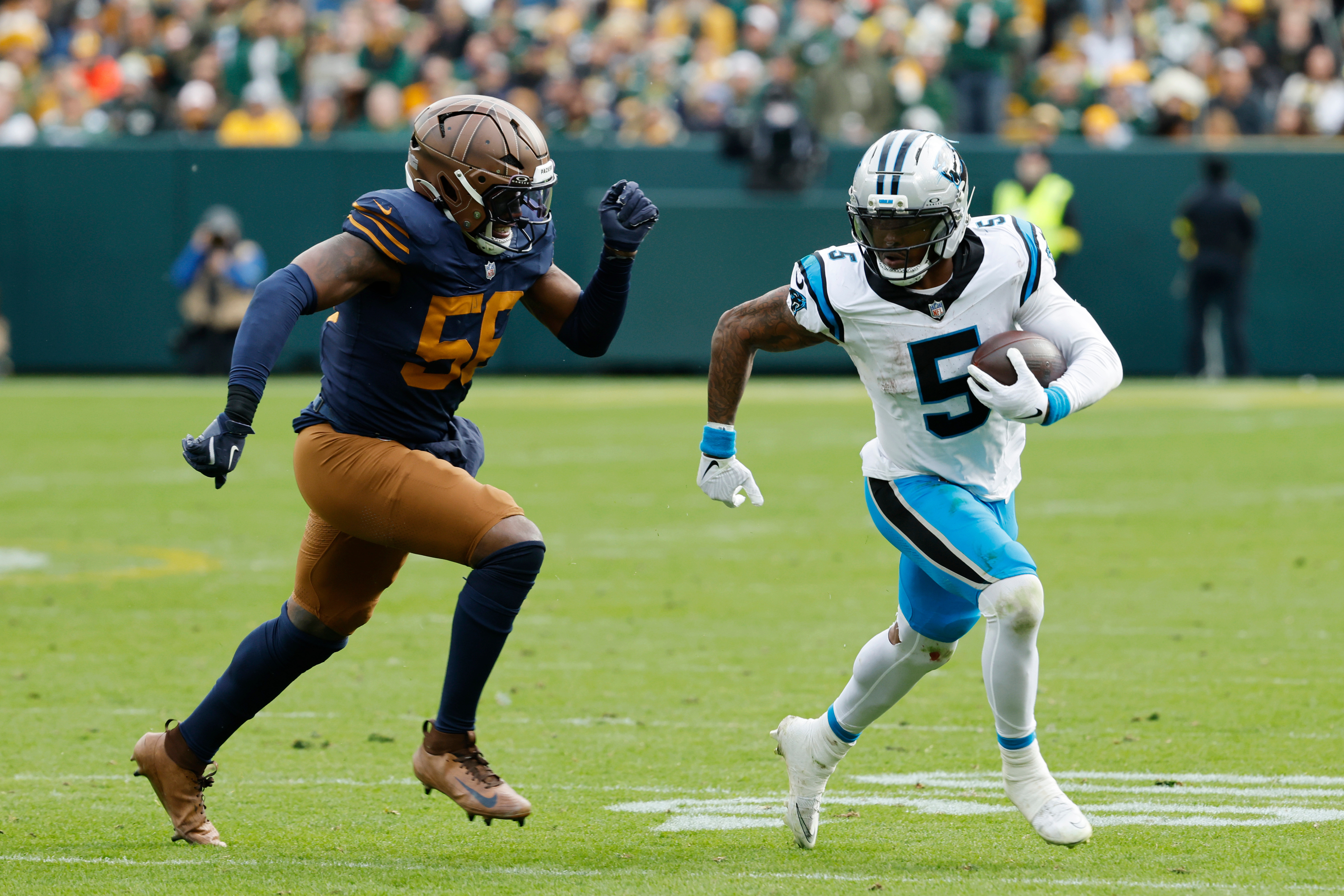What's Happening?
Abby and Brittany Hensel, conjoined twins from Minnesota, have been in the public eye since their appearance on The Oprah Winfrey Show in 1996. Born in 1990, they are dicephalic parapagus twins, meaning
they have two heads but share one body. Each twin controls one side of their body, with separate heads, hearts, and personalities, but they share a bloodstream and organs below the waist. The twins gained further attention with their TLC reality series 'Abby & Brittany' in 2012, which documented their lives as they graduated from Bethel University and began their teaching careers. Today, they work as fifth-grade teachers in Minnesota, and Abby is married to Josh Bowling, a nurse and Army veteran.
Why It's Important?
The Hensel twins' story is significant as it highlights the challenges and triumphs of living as conjoined twins. Their ability to lead a relatively normal life, including pursuing higher education and careers, challenges societal perceptions of disability and normalcy. Their journey also underscores the importance of inclusivity and adaptability in educational and professional environments. Abby's marriage further illustrates the personal milestones they continue to achieve, offering inspiration and hope to others facing similar challenges.
What's Next?
As Abby and Brittany continue their teaching careers, they may face ongoing public interest and scrutiny. Their ability to maintain privacy while sharing aspects of their lives through social media suggests they will continue to navigate public curiosity with grace. The twins' future endeavors, both personal and professional, will likely continue to inspire discussions on the capabilities and rights of individuals with disabilities.
Beyond the Headlines
The Hensel twins' story raises ethical and philosophical questions about identity and personhood, particularly in cases of conjoined twins. Their decision not to undergo separation surgery, due to the risks involved, highlights the complex medical and ethical considerations in such cases. Their lives challenge traditional notions of individuality and autonomy, prompting broader discussions on the nature of self and shared existence.













